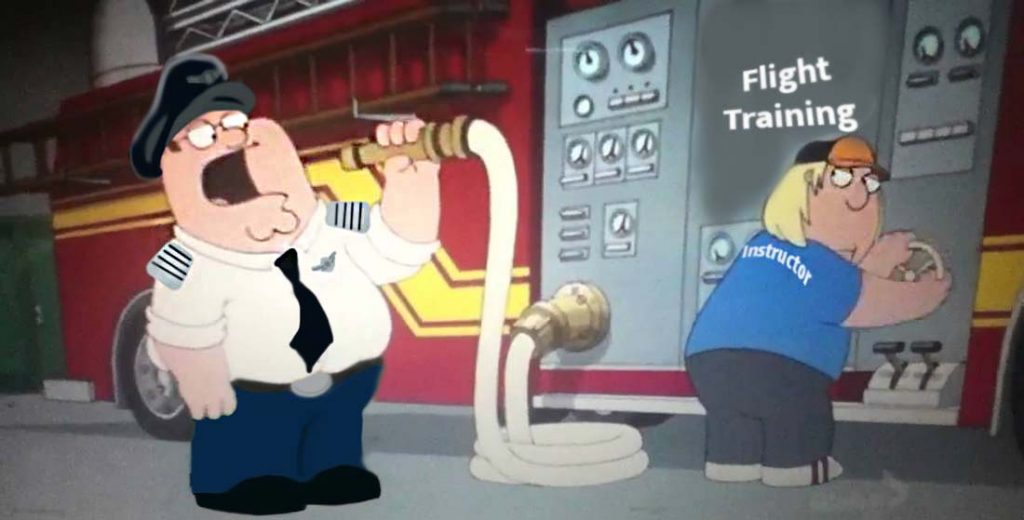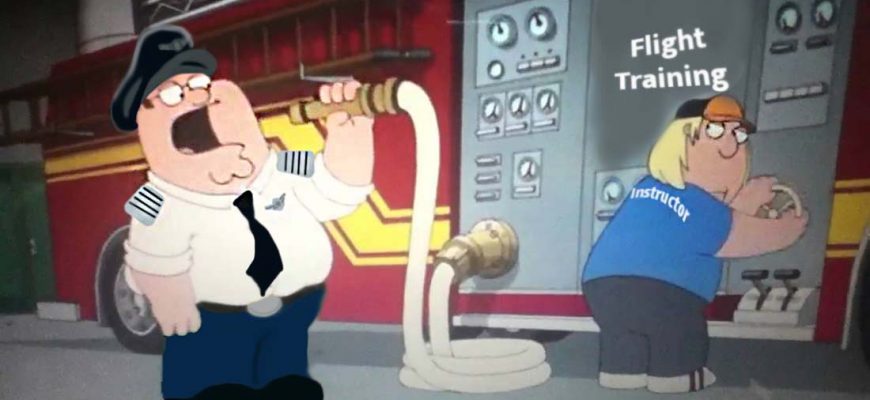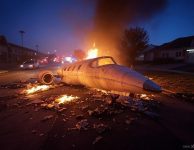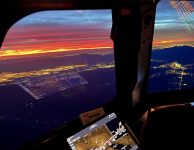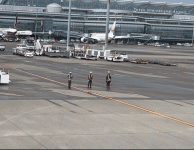Drinking From a Firehose—Part 1
(With apologies to “The Family Guy” for our featured pic!)
Drinking From a Firehose—Part 1
First of all…
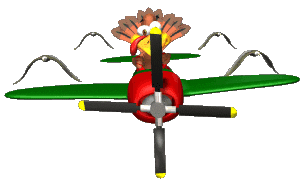
HAPPY THANKSGIVING!
May your turkeys be fat n juicy, and may your friends and family avoid debating politics and religion around the table!

And Now…
Drinking from a Firehose
Drinking from a Firehose!
That’s what pilots call it when they train on a new airplane.
No matter the seat, no matter the equipment, when you go through training on an airliner, the massive barrage of info comes at you so fast, it’s like—well, like drinking from a firehose!
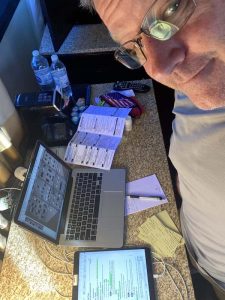
I must say, while I’m certainly enjoying my new bird, I do have to spend every minute of spare time studying just to keep up with the program.
As I said to my ground instructor Vic last week, at first I felt like I was hanging on to the back of the 777’s tail, but now I’ve clawed my way to the front of the vertical stabilizer.
I think he was giving me a backhanded compliment when he replied, “Well, I think you’re at least up to the aft bulkhead and nearly into the cabin!”
Drinking from a Firehose—
Phase 1
(Note: Most media shared below are randomly gleaned from the internet as representative of my experience.)
Evolution of the "Paper Trainer"
Above Left: Cap’n Aux’s hand-built Twin Otter paper trainer, circa 1988; Above Right: a modern Boeing 777 “paper trainer.”
My, what a difference 3 decades make!
What we used to call a “paper trainer”—that is, a paper-cardboard-plywood mockup of the airplane cockpit—has evolved into quite a sophisticated entity in its own right!
The simplest of our trainers is actually a fancy, full size, backlit photo of all switches and gauges in the cockpit. The upgraded version of this, called the “Virtual Procedures Trainer” (VPT), even has touch screen capability in order to do some fairly realistic “chairborne flying.”
Another training aid is a couple hi-def flat screens with a fully-programmed cockpit on it. With it, we can also “fly” and experience different scenarios.
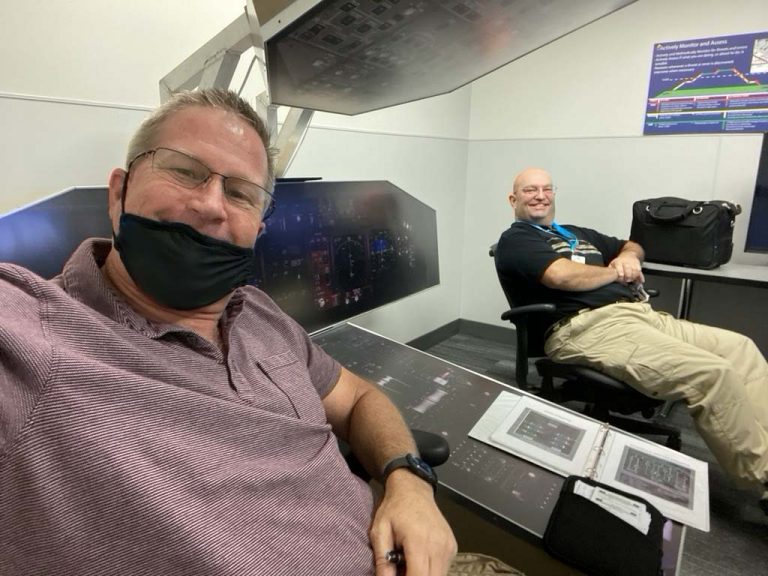
Another nice feature of this way of training is that, instead of sitting in a static classroom with 20 other pilots and listening to the instructor drone on and on about the nuances of the pneumatic system, we get solid 1-on-1 with a ground instructor.
In fact, I am “paired” with Thurston H, a company FO (First Officer) who is also transitioning to the 777 from the Airbus. This is vastly more advantageous than, say, being paired with another Captain—with whom I’d have to split left seat time, bogging down the learning process.
So, our quality of the training experience has been sky high!
Below: a 777 VPT similar to the ones Thurston and I are training on.
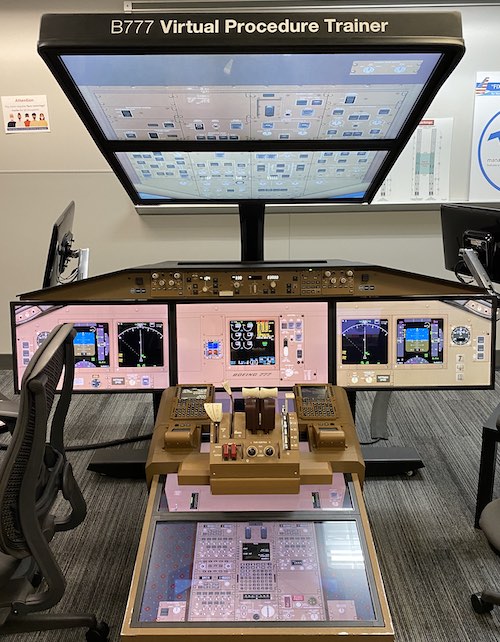
In the VPT, buttons work like the real thing to, say, call up the fuel or electrical synoptic pages. What’s more, we can use the built in ECL, the Electronic CheckList, to do all normal and emergency procedures. We can even use the CDU (more on that below) to truly practice our procedures.
In fact, even my EFB (Electronic Flight Bag—our iPad that we use inflight for all charts, weather, pubs, etc.) has an interactive systems study program on it, with which to practice the CDU and other gizmos.
I’ve had my nose buried in this training aid for the past 2 months, and it’s been a godsend. Coming into the schoolhouse already armed with a base knowledge of systems and procedures have allowed us to “hit the air flying!”
Below: A few 777 systems and descriptions.
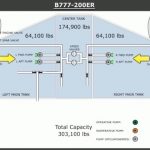
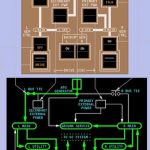
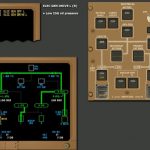
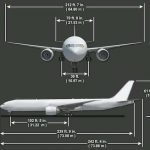
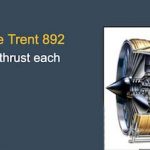
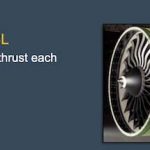
By the way, check out some of the systems, above.
Do you know the Max Gross Weight (MGWT) of a 777-300?
777,000 pounds!
And, the fuel tank capacity of the smaller -200 is over 300,000 pounds—that’s 100k heavier than the entire MGWT ol’ Fifi the A321!
And, what about those engines? Hoo boy, dem engines! 115,540 pounds of thrust—that’s over 3x Fifi’s best muscle!
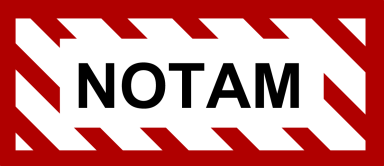
Notices to Airmen
Black Friday Blowout!!!
Including….a FREEbie!!!

From Black Friday to Cyber Monday, these smokin’ deals will be available on Cap’n Aux eBooks!
The following books will be on “Kindle Countdown” flash sales—the earlier you grab ’em, the cheaper they are!
(Click on the title for hotlinks to each!)
- The Last Bush Pilots—Kindle Countdown, starting at $2.99!
- The Last Bush Pilots on Amazon.com.uk!
- There I Wuz! Volume 1 &
- There I Wuz! Volume 4
- Starting at 99¢!
- Code Name Dodger Mission 1—FREE!
- Code Name Dodger
- Sales begin Thanksgiving Day, 11/25 through 11/30!
ALL books are available in print, eBook, and audiobook!
Check all books and all formats at:
Drinking From a Firehose— "The Box"
We often refer to the full-motion flight simulator as “The Sweat Box.” But, there’s another “box” on a modern airliner that requires equal attention. That is, the main computer that interacts with the airplane. This is basically where pilots program the entire route of flight, input weights and data, and manage the flight.
In fact, nearly the entire flight, from after takeoff to rollout, can be flown simply by typing the inputs into the computer.
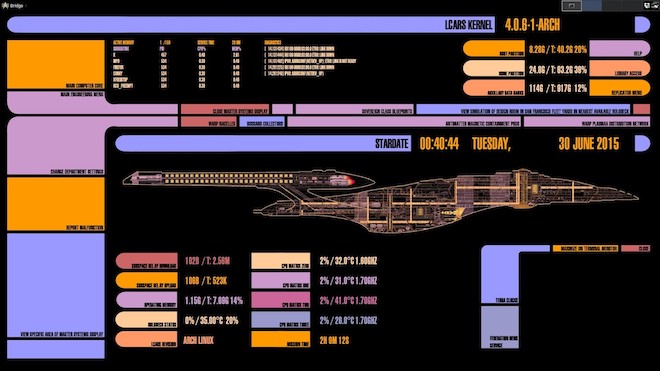
OK, so maybe it’s not quite as sophisticated as a starship’s computer (and, sadly, no warp drive available), but it’s not too far off!
Speaking of starships, by the way, Thurston goes by the name Will. So, of course, I call him, “Number One!” (insert classy Captain Jean Luc Picard accent here!)
Of course, when necessary, Number One and I can “intervene” from what The Box is doing, by manipulating the main autopilot. Selecting a heading, for example, when ATC gives us a vector.
But, 95% of the flight will be managed by this magical beast!
Drinking From a Firehose— MCDU vs. CDU
Below Left: the Airbus’s “MCDU” (Multipurpose Control and Display Unit), and Right: the Boeing’s CDU (Control Display Unit)
While at first glance, the FMCs (Flight Management Computers) above may appear similar, they are instead strikingly different!
In fact, I can certainly attest to what many pilots have been telling me: the toughest part of the transition is “ram dumping” your MCDU knowledge, and learning the CDU!
As mentioned above, along with the interactive Systems program I’ve been studying on the iPad, they also have an interactive CDU that I can practice with as well.
Again, another godsend!

Yet another “godsend” for me is that FO Thurston used to fly the 757 for us. So, he is familiar with The Box. He has really helped drag me toward the finish line—or perhaps claw my way from the aft cabin to overwing!
Furthermore, the 777, being a later-model aircraft than ol’ Fifi, has even More pilot-friendly automation designed into it. I often find myself trying to do something I’m in the habit to doing (typing in the ATIS info into the Box, for example), that’s already been automatically done.
Sweet!
I’m happy to say that “Phase 1” of my training has been quite efficient, effective and impressive.
Drinking From a Firehose—The Sweat Box
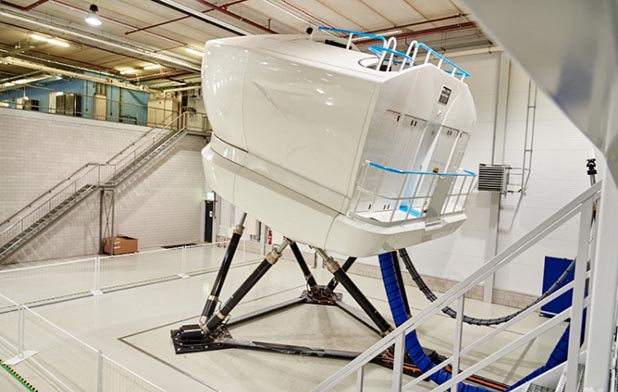
The mix of paper trainers and actual static simulator sessions have helped immensely to reinforce all the systems, knowledge and procedures we need.
I feel that I’ll be ready for the upcoming full-motion simulator rides, at 4-hours a pop per day. While they will certainly be challenging (we don’t call it the “Sweat Box” for nuthin’!), I think that, by then, I will have clawed my way to the cockpit!
With that in mind…
Tune in next week (or thereabouts) for Part 2 of Drinking From a Firehose: The Sweat Box!
Till Then,
This is Cap'n Aux...
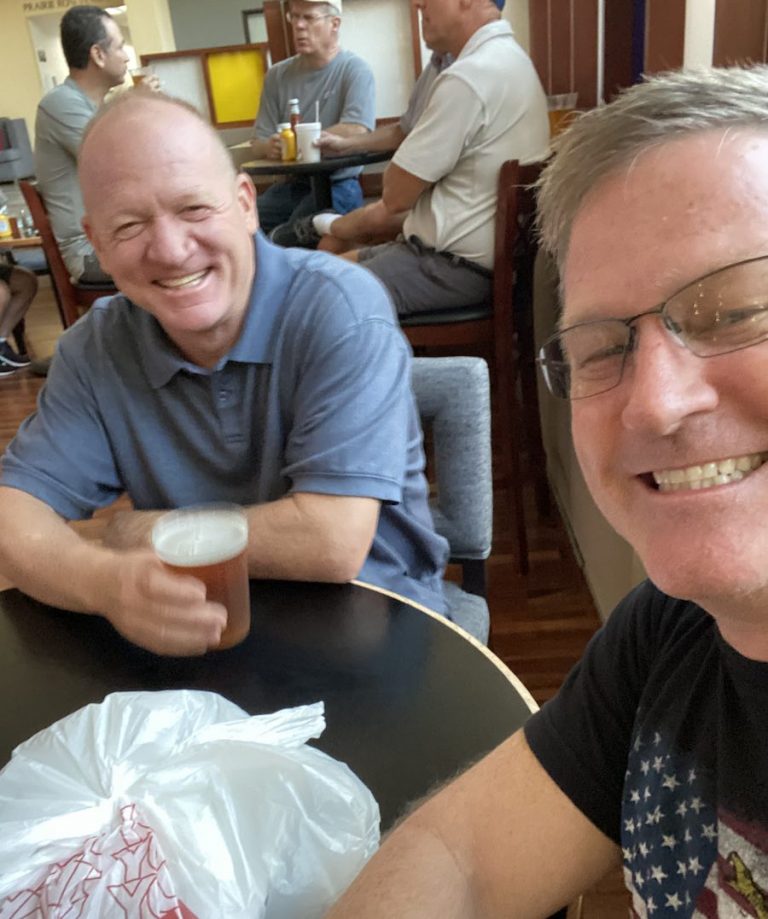
(Firehose) Drinking Off!
Related Links
- Fifi’s Final Flight! https://capnaux.com/fifis-final-flight/
- Cap’n Aux Books https://www.amazon.com/Eric-Auxier/e/B00971H8VW
- End of an Aviation Era https://capnaux.com/end-of-an-aviation-era/
- A Tale of Two Upgrades https://capnaux.com/a-tale-of-two-upgrades/
- As the Turbine Turns https://capnaux.com/as-the-turbine-turns/
- The Bid Life of an Airline Pilot https://capnaux.com/the-bid-life-of-an-airline-pilot/
- An Airline Pilot Retires https://capnaux.com/an-airline-pilot-retires/
- Cap’n Aux Vimeo Page https://vimeo.com/capnaux/
- All Word on the Ramp Videos https://vimeo.com/manage/showcases/3162370/info
- Best of Videos https://vimeo.com/manage/showcases/3162373/info
- Pilots of the Caribbean https://capnaux.com/there-i-wuz-pilot-of-the-caribbean/
- Part 2: Stranded in Paradise https://capnaux.com/pilot-of-the-caribbean-part-2/
- The Airline Cockpit in 7 Steps https://capnaux.com/airline-cockpit-7-steps-updated/
- Top 10 Downers of an Airline Pilot Career https://capnaux.com/top-10-downers-of-an-airline-career/
- Top 10 Things to Never Say to a Pilot https://capnaux.com/top-things-never-to-say-to-a-pilot/
- Pilots Protest Covid Mandates https://capnaux.com/pilots-protest-covid-mandates/
- The Post-Covid Future of US Aviation https://capnaux.com/the-post-covid-future-of-u-s-aviation/
- Flying in the Age of Covid https://capnaux.com/flying-during-covid/
- Life of a Test Pilot https://capnaux.com/the-occasionally-exciting-life-of-a-test-pilot/
- WOTR Video: It’s What Pilots Do! https://capnaux.com/word-on-the-ramp-video-its-what-pilots-do/
- Confessions of a Former Airline Pilot https://capnaux.com/confessions-of-a-former-airline-pilot/
- The Making of a European Pilot https://capnaux.com/the-making-of-a-european-airline-pilot/
- Lessons From the Miracle on the Hudson https://capnaux.com/forced-landings-pilot-lessons-from-the-miracle-on-the-hudson-part-1/
